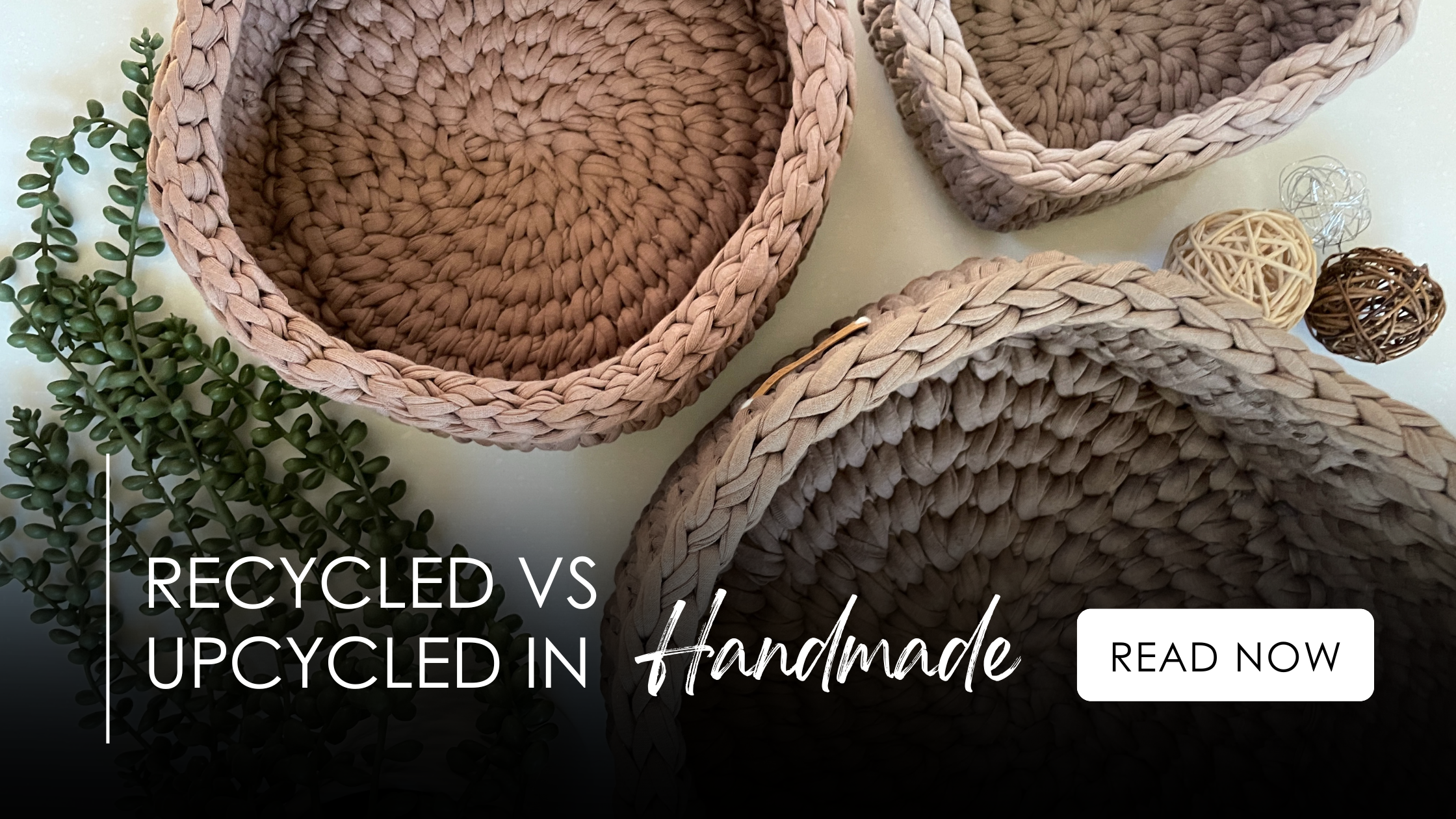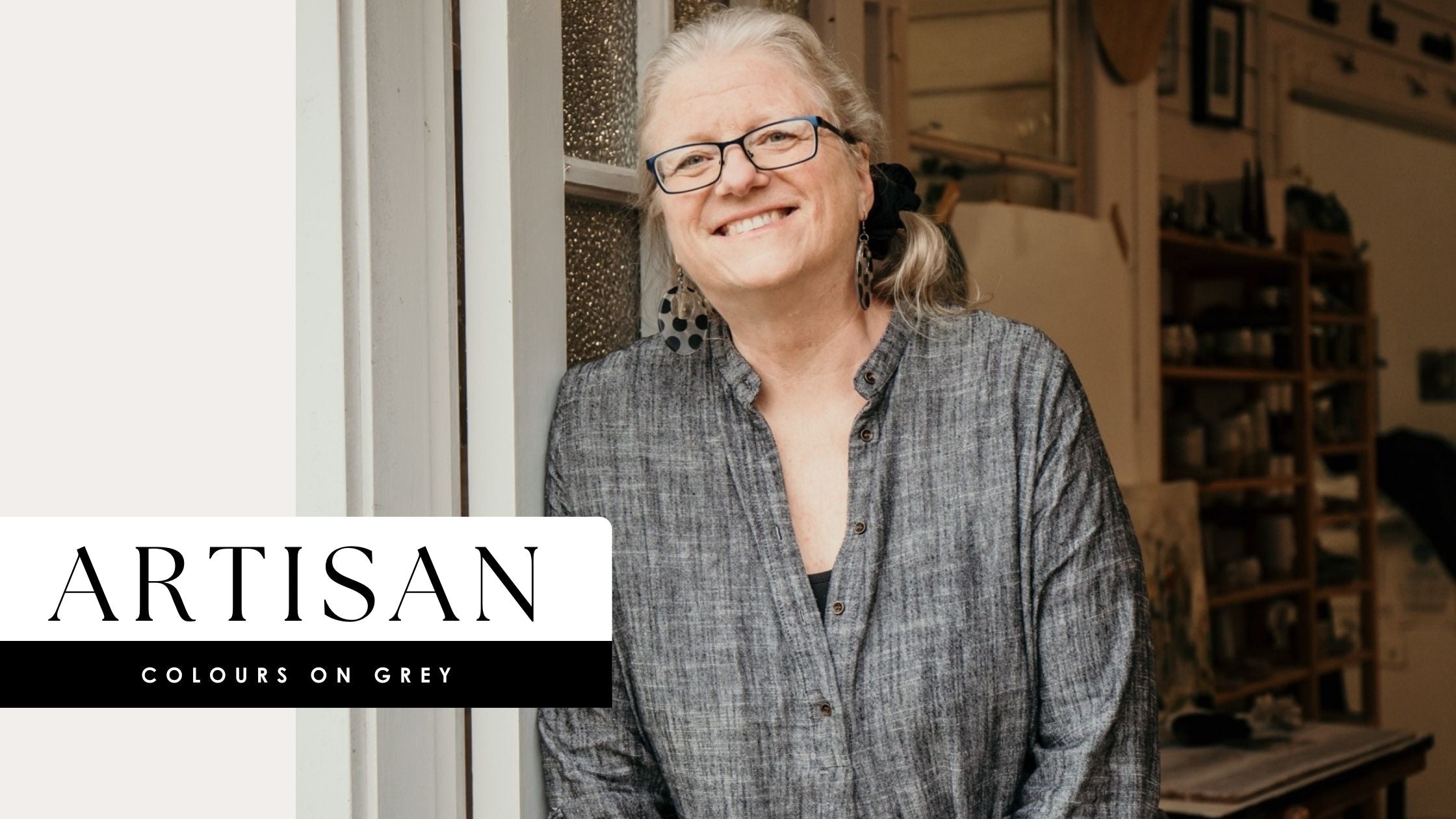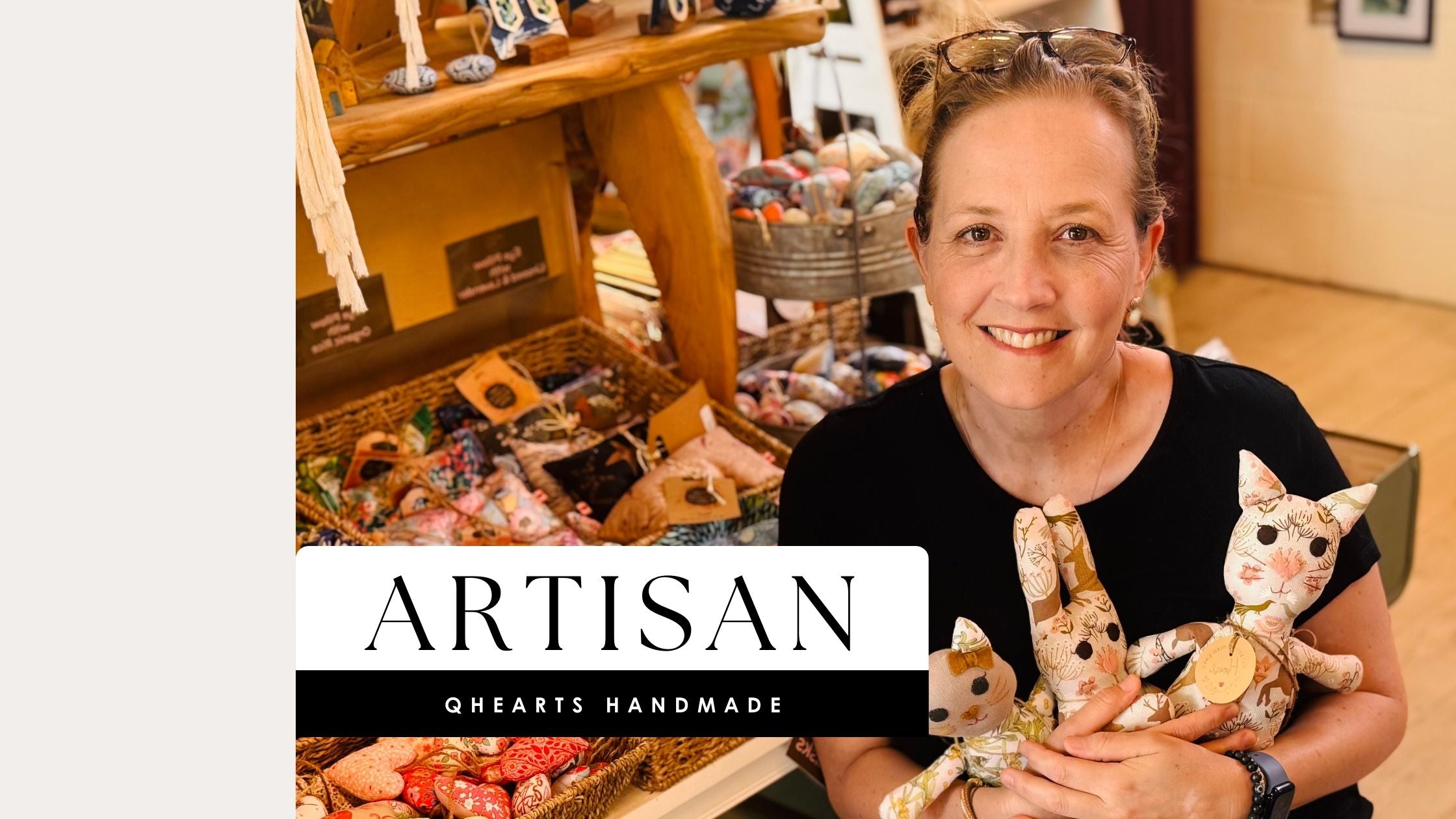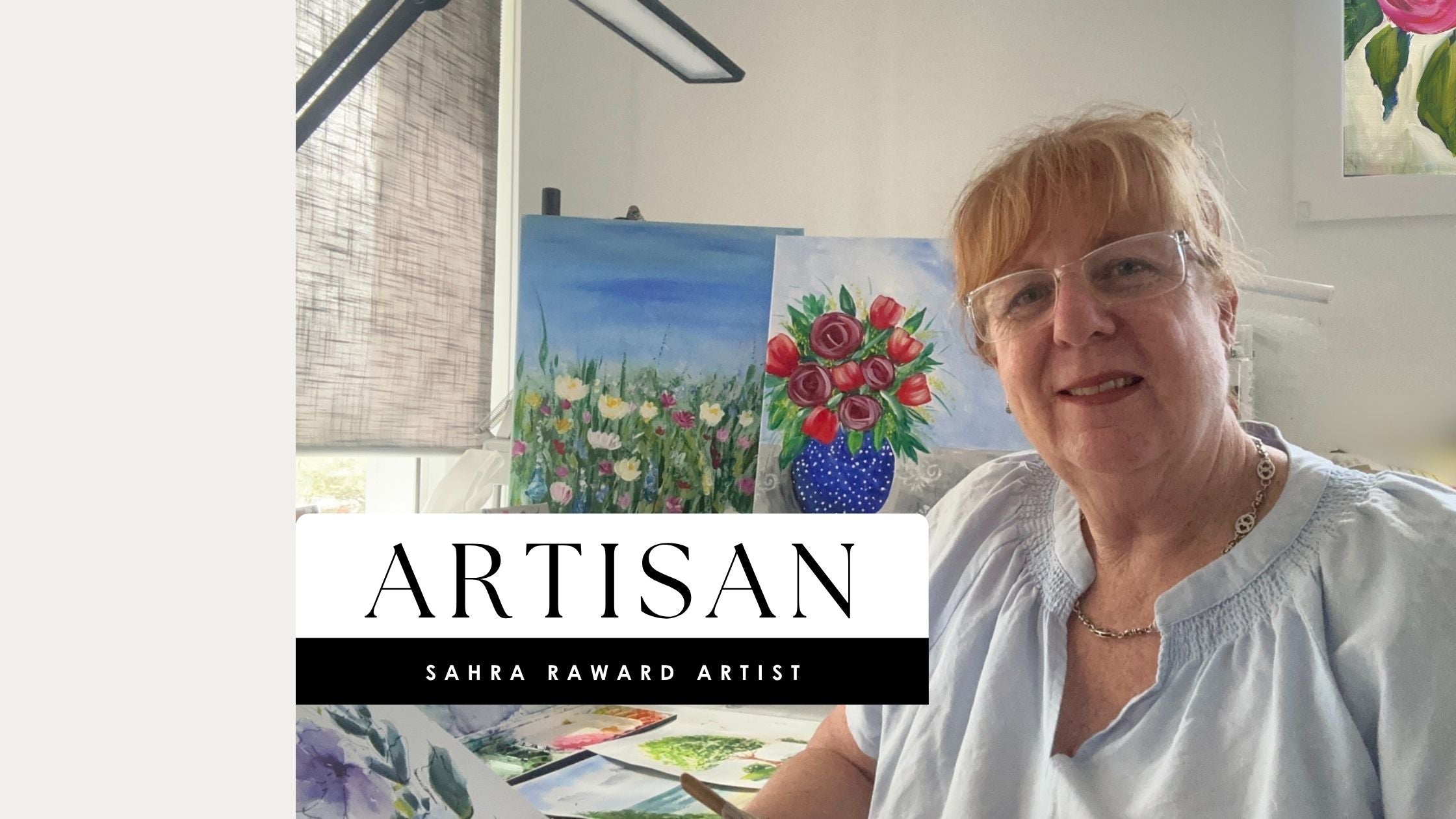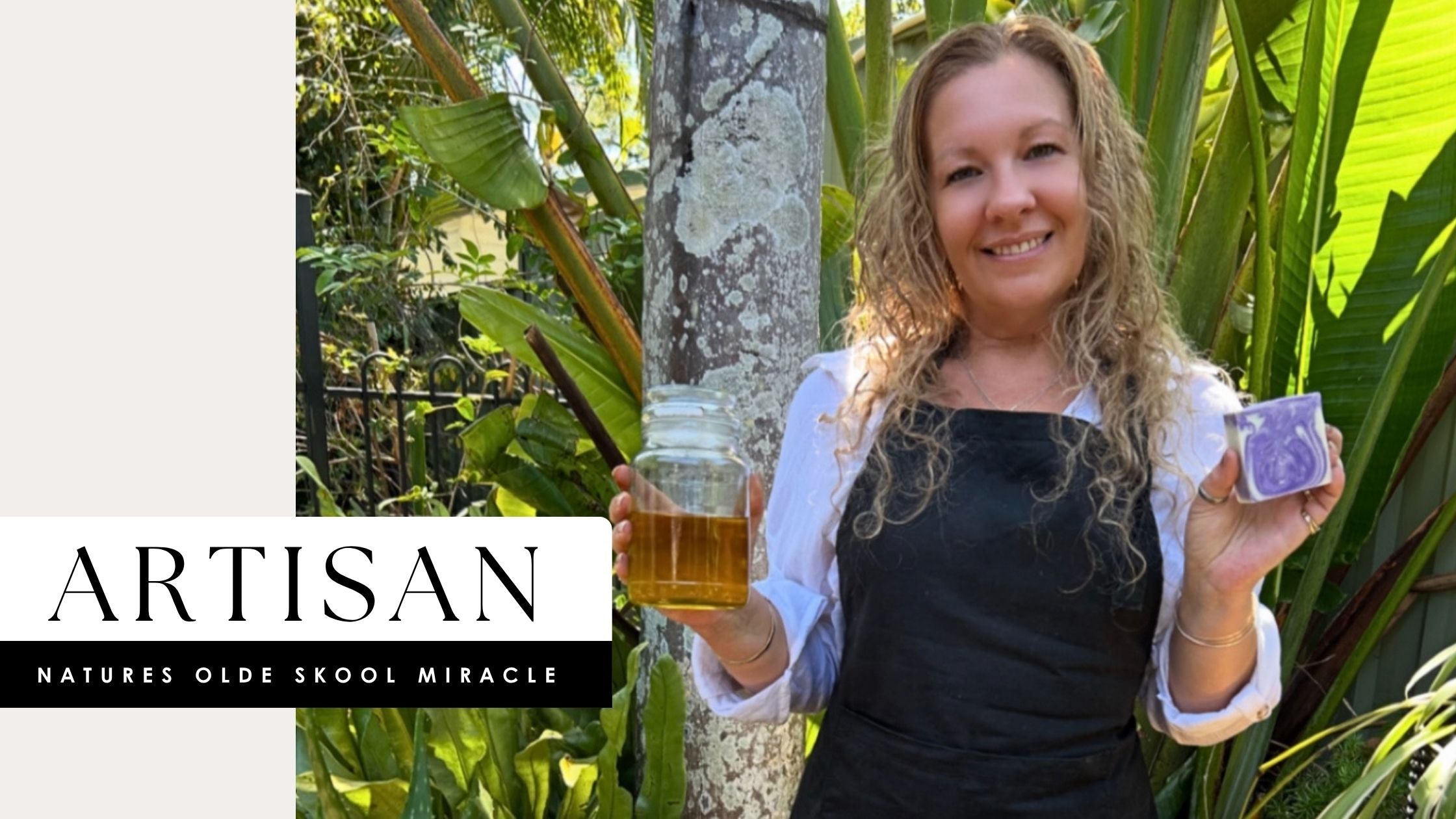In our quest for a more sustainable future, the terms ‘recycling’ and ‘upcycling’ have become part of our culture. While both aim to minimise waste and promote environmental sustainability, they achieve these goals through different processes.
Discover Recycled & Upcycled handmade creations now.
What is the difference?
Recycling involves the process of collecting and processing materials that would otherwise be discarded as waste and turning them into new resources. This often involves breaking down the original material to its raw form to create a product that is in many cases, quite different to the original. The recycled materials undergo a process that reduces the need for virgin raw materials and conserving natural resources.
Upcycling transforms unwanted products or waste materials into new items. Unlike recycling, upcycling retains the original form and structure of the materials and repurposes them in creative ways. Upcycling enhances the lifespan of the materials used and can create unique one-of-a-kind creations.
Understanding the main difference between recycling and upcycling can enhance our appreciation for the innovative ways in which both of these materials can be repurposed. Australian handmade artists are leading the way in the skillful use of both recycled and upcycled materials in their creations.
The breakdown of recycling and upcycling
The primary distinction between recycling and upcycling lies in their processes and outcomes.
Recycling deconstructs materials to their base components before reconstructing them into new items. This approach is key for taking what would end up in landfill and breaking it down to create a new raw material which can then be used to create new products. I like to use recycled t-shirt yarn, which is the waste from the textile industry. It is stripped and wound into balls and then used to create handmade baskets and other home decor pieces.
Upcycling, however, emphasises creative reuse by transforming existing and unwanted materials into new products without breaking them down completely, therefore conserving more of the original material's integrity. Upcycling often leads to the creation of unique, handmade items with added artistic or functional value. As an example, a handmade artist may take no longer used fabric like jeans and transforming them into a bag or zip pouch.
Handmade and Recycled
Creativity using recycled materials can be found in jewellery, paper, timber & home decor to name a few. The innovative use of recycled resources can transform what would become landfill into new and beautiful handcrafted pieces.
Types of recycled materials & products created
There are so many ways that recycled materials are used to create handmade works of art - here are just a few:
- Recycled t-shirt yarn - is discarded fabric from the textile industry and reworked into yarn to create baskets, bags, rugs and more.
- Recycled paper - waste paper pulped down to create handmade paper, envelopes and notebooks often with additional textures like flowers and leaves added.
- Recycled timber pieces - taking discarded and salvaged timbers and stripping back to repurpose into items like chopping boards and platters.
Transforming using Upcycling
Items created by taking an unused product and fashioning a new piece is really only limited by your imagination.
Innovative and imaginative
Here are a few ways that Upcycling can be integrated into handmade:
- Denim jeans being transformed into kids clothing, bags and zip pouches.
- Disused industrial items like rock-climbing equipment and tyre inner tubes that are repurposed into new and sustainable bags, plant hangers and jewellery
- Taking discarded silverware and creating new jewellery such as rings and pendants
The Role of Australian Handmade Artists
In Australia, the handmade movement has embraced both recycled and upcycled materials to promote sustainability through creativity. Australian handmade artists are at the forefront of this movement, using their skills to turn waste into art, fashion, and functional items, thereby reducing environmental impact and fostering a culture of sustainability.
Appreciating Handmade
Understanding the key difference between recycling and upcycling enhances our appreciation for their roles in promoting sustainability. Recycling breaks down the original product into a new resource while upcycling transforms an existing products into something different.
Australian handmade artists exemplify the power of both practices. By integrating recycled and upcycled materials into their creations, they demonstrate how sustainability and creativity can go hand in hand. Their work not only reduces environmental impact but also supports local economies and fosters a culture of mindful consumption. As we move towards a more sustainable future, embracing both recycling and upcycling will be essential in minimising waste and preserving our planet's resources.

